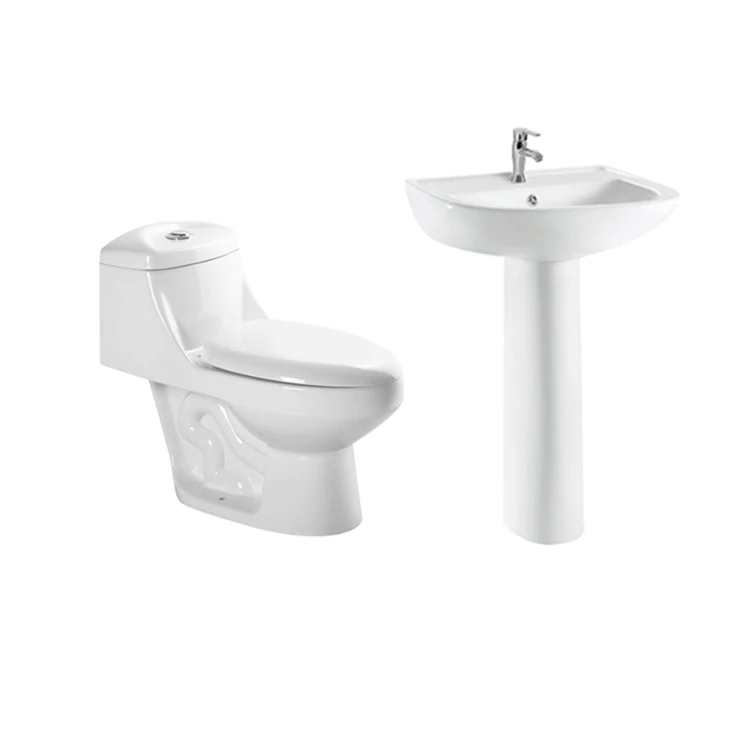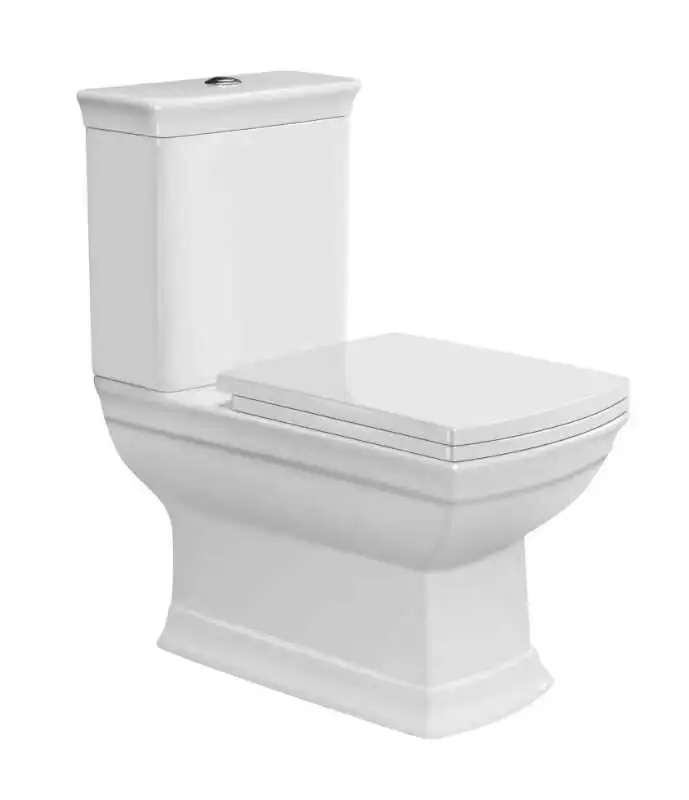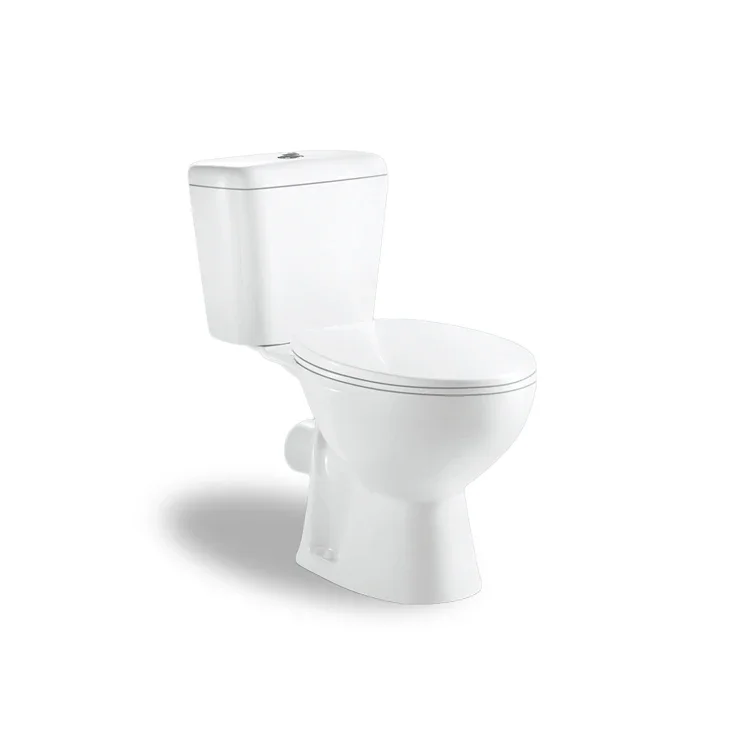Exploring Aidibath: The Story Behind the Bathroom Black Technology
Defining Bathroom Black Technology Innovations
The Intersection of Design and Functionality
In modern bathroom innovations, the intersection of design and functionality has transformed these spaces into aesthetic hubs that cater to diverse needs. Today, sleek and smart designs form the backbone of user-centric bathrooms, enhancing the overall user experience. These designs incorporate intuitive features such as minimalistic aesthetics and ergonomic structures. For instance, space-saving designs by notable brands streamline bathroom layouts without compromising essential functions. Features like integrated storage, motion sensor activation, and touchless control have become popular due to their practicality and ease of use.
Innovations emphasizing ergonomics have revolutionized comfort and accessibility. Toilets with adjustable heights and elongated seats cater to diverse user needs, ensuring comfort and ease. Such design advancements redefine user interaction with everyday bathroom fixtures, merging elegance with practicality to enhance daily routines. The fusion of ergonomics and aesthetics in bathroom technologies underscores the growing importance of user-centered design in enhancing convenience and pleasure in personal spaces.
Historical Context of Sanitary Ware Evolution
The evolution of sanitary ware traces back to ancient civilizations, marking significant milestones in hygiene and bathroom technology. Over the years, advancements have moved from functional basics to innovative designs, transforming traditional toilets into sophisticated bathrooms highlighting modern black technology. Historical data reveals a significant shift from rudimentary sanitation systems in ancient Rome to contemporary flush toilets, marking progress in hygiene standards.
Key milestones, such as the invention of the flush system by Sir John Harington in 1596, laid the foundation for modern toilets. The 19th century saw the introduction of the S-bend trap by Alexander Cummings, revolutionizing waste odor control in bathrooms. The 20th century was pivotal, witnessing the integration of materials and technologies that enhanced cleanliness and functionality, like ceramic toilets and dual flushing systems. These progressive steps underscore the relentless pursuit of improving bathroom hygiene, setting the stage for today’s cutting-edge technological advancements in sanitary ware.
Aidibath's Revolutionary Product Lineup
Ceramic One Piece Inodoros Toilet Set
The Ceramic One Piece Inodoros Toilet Set by Aidibath showcases a seamless design that enhances both aesthetics and functionality. Its uninterrupted surface ensures ease of cleaning and a sleek look that complements modern bathrooms. Made from durable ceramic materials, this toilet set provides excellent longevity and hygiene. Ceramic is known for its resistance to common issues like discoloration and bacterial growth, making it a preferred choice for sanitary ware. Studies suggest ceramic materials lower hygiene risks compared to traditional plastic-based products, providing both durability and peace of mind. User testimonials highlight the product's practical advantages, affirming its ease of installation and maintenance efficiency.
Box Rim P-Trap Square Toilet Solutions
Box rim P-trap toilets provide innovative solutions, particularly in space-saving designs with square models that fit snugly into smaller bathroom layouts. Their efficiency in flushing and easy maintenance is attributed to the unique P-trap design that directs waste effectively and minimizes blockages. When compared to traditional toilets, box rim P-trap toilets offer superior drainage without compromising style or function. Specifications demonstrate their utility, such as versatile installation options, and low water consumption, making them an increasingly popular choice among eco-conscious consumers seeking modern bathroom solutions.
ECO Bathroom Rimless Toilet Innovations
Rimless toilets bring significant advancements in water conservation and cleanliness. By eliminating the traditional rim, these models improve hygiene through the reduction of bacteria accumulation and ease of cleaning. ECO-friendly models further enhance bathroom technology by utilizing efficient flushing systems that drastically reduce water usage, supporting sustainability initiatives. Studies highlight that rimless designs significantly contribute to water conservation, making them vital in efforts to tackle environmental challenges and promote resource efficiency in bathroom sanitation.
Back-to-Wall Dual Flush Water Closet
The back-to-wall dual flush water closet is celebrated for its modern aesthetic and environmental impact. Its streamlined design contributes to contemporary bathroom decor while conserving water through its dual flush system, offering notable savings with each use. The back-to-wall feature is ideal for various bathroom layouts, providing flexibility in design without compromising functionality. Installation insights suggest its suitability for diverse environments, and its dual flush system supports significant water conservation efforts, reducing overall consumption.
Smart Sanitation Breakthroughs
Water-Efficient Flushing Systems
Smart flushing systems are at the forefront of modern bathroom technology, utilizing innovative designs to significantly reduce water usage. These systems employ sensors and dual-flush mechanisms, offering efficient options without sacrificing performance. According to recent data, smart toilets can save up to 80% more water compared to traditional models, making them a critical solution in water conservation efforts. Technological advancements have made these systems not only reliable but also user-friendly, integrating seamlessly with smart home setups. As homeowners increasingly prioritize eco-friendly technology, smart flushing systems are paving the way towards sustainable sanitation solutions.
Space-Optimized Installation Methods
Maximizing space in small bathrooms requires ingenuity, and innovative installation techniques are leading the charge. Methods such as wall-mounted fixtures and compact designs offer substantial space-saving benefits, allowing both residential and commercial settings to achieve a functional yet uncluttered layout. These techniques emphasize versatility and adaptability, transforming tight spaces into efficiently utilized areas. Real-world examples, like New York's tiny apartments, showcase successful implementations of such optimization. By embracing space-efficient solutions, homeowners can enjoy well-designed bathrooms without compromising on essential features, ultimately improving their living space's overall quality and comfort.
Sustainability in Modern Bathroom Tech
3-6L Ultra-Low Consumption Standards
Ultra-low consumption toilets are revolutionizing the bathroom industry with their efficient use of water. These toilets adhere to standards that limit consumption to just 3 to 6 liters per flush, significantly reducing water usage compared to traditional models. According to the Environmental Protection Agency, adopting such standards can save a household up to 20% of its water usage annually, translating into both environmental benefits and cost savings for consumers. Implementing these standards not only contributes to sustainability but also aligns with eco-conscious trends in modern design, making them an appealing choice for environmentally responsible consumers.
Ceramic Manufacturing Eco-Practices
Modern brands are increasingly embracing sustainable ceramic manufacturing practices to minimize their environmental impact. These practices include reducing carbon emissions, promoting the recycling of materials, and utilizing energy-efficient processes. For example, companies committed to eco-positive changes often use reclaimed water in production and implement closed-loop systems to conserve resources. This approach not only reduces the carbon footprint but also fosters a culture of sustainability in the industry. Prominent companies like Kohler have set benchmarks in employing sustainable practices, showcasing how environmentally friendly manufacturing can be achieved without compromising quality.
Future Trends in Bathroom Innovation
Hospital-Grade Sanitation for Homes
The trend of integrating hospital-grade sanitation into residential bathrooms is gaining momentum. Enhanced hygiene is becoming a pressing concern, leading to advancements in technology and materials that ensure higher cleanliness levels. For instance, materials such as antimicrobial tiles and self-cleaning bathroom fixtures are on the rise, offering homeowners peace of mind. A recent consumer survey highlights a growing demand for such advanced sanitation measures in homes, with a significant number of respondents willing to invest in these technologies for their health and safety.
Multi-Surface Application Potential
The potential for innovations in multi-surface applications within bathrooms is poised to revolutionize the space. Materials like advanced composites and smart ceramics are being leveraged to create versatile sanitary ware, adapting to various surfaces with ease. These innovations cater to functional and aesthetic needs, ensuring cohesive and adaptable bathroom designs. Recent forecasts anticipate a surge in demand for these adaptable products, driven by their durability and flexibility, reflecting a broader trend in home design toward multifunctionality and efficiency.





